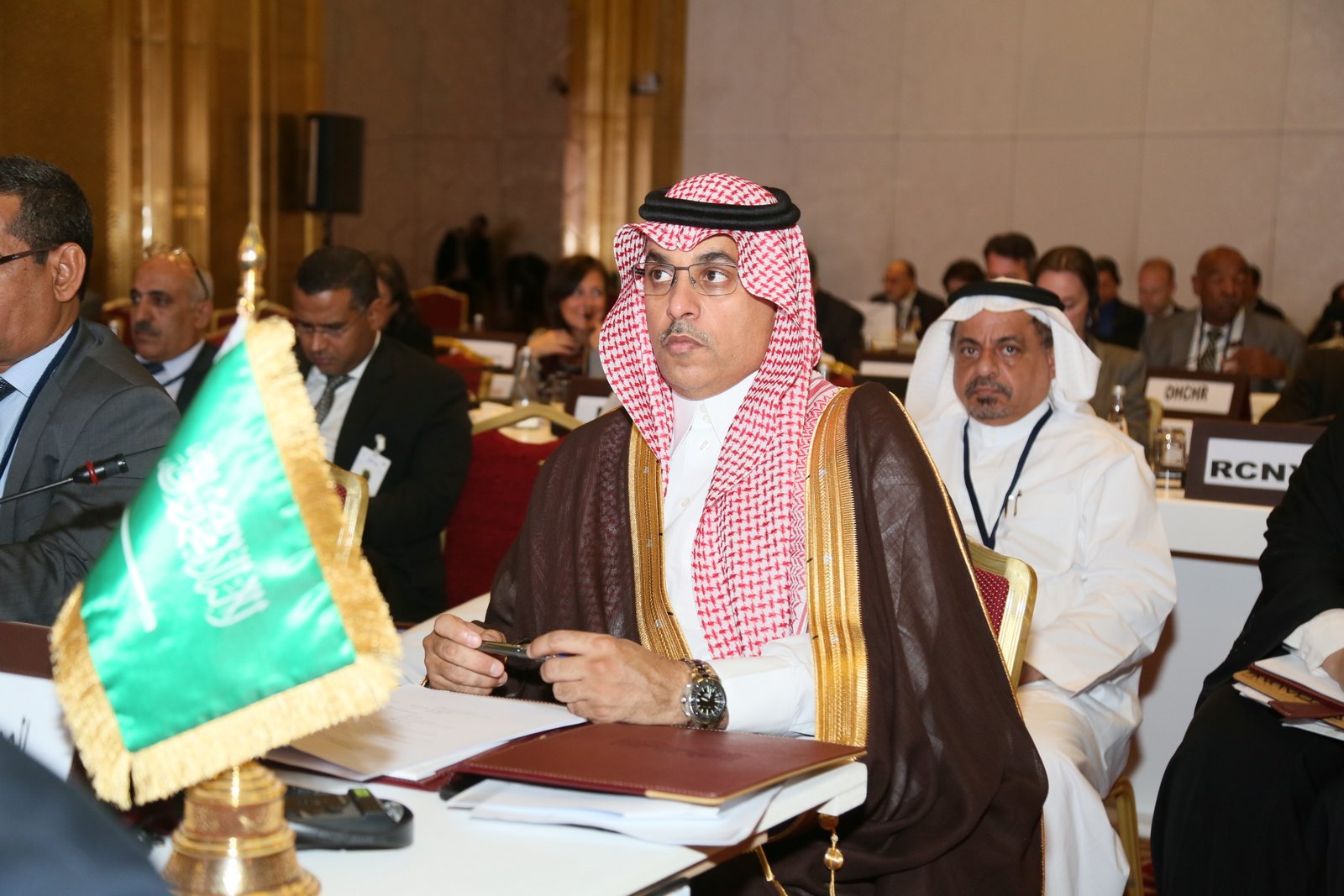
د. فهد التخيفي : الانتقال إلى مجتمع المعرفة يعزز التنمية المستدامة في المملكة
As the Chairman of the Saudi Delegation in the ESCWA Ministrial Session
Dr. Altekhaifi: the transition towards a knowledge-based society promotes sustainable development in the Kingdom
H.E. Dr. Fahad Sulaiman Altekhaifi, GaStat President, assured that the Kingdom of Saudi Arabia has completed remarkable steps towards achieving the millennium goals of sustainable development and has developed a strategy for total development under the framework of its 2030 Vision.
This came during the 29th ministerial session of ESCWA entitled "Implementing the Sustainable Development Goals of 2030 in Arab countries", held in Doha,Qatar. HE GaStat President chaired the Saudi delegation participating in this session. He clarified that the Kingdom has made deliberate steps towards achieving the goals of sustainable development, where all conditions are prepared to achieve its goals of growth rates, average income increasing, promote the transition towards a knowledge-based society. This can be made through multiple strategies such as those based on economic diversification, sovereign investment funds, support the private investment initiatives, invest in quality education, research and development, health facilities, public services, and international and regional agreements. He added that the entire government systems in the Kingdom works on increasing the development of national and regional institutions, and enhance coordination efforts, enhance the flexibility of public institutions in developing governance strategies.
On Tuesday, The United Nations Economic and Social Commission for West Asia (ESCWA) held its 29th session for senior officials, in the presence of representatives from member states and non-member states in international and regional organizations and committees.
ESCWA is one of the five United Nations' regional commissions, and is a part of its general secretariat. It works under the supervision of economic and social council in order to support the economic and social cooperation between the region countries and promotes the development process in order to achieve regional integration.
Its membership compromises of 17 member states which are: Saudi Arabia, Bahrain, Egypt, Iraq, Jordan, Kuwait, Lebanon, Libya, Morocco, Oman, Palestine, Qatar, Sudan, Syria, UAE, Tunisia and Yemen.
The ESCWA ministerial session is held every two years with the participation of the commission member states representatives on the mistrial level and representatives from United Nations' organizations and programs in addition to United Nation member states who are not member of ESCWA.

الهيئة العامة للإحصاء: 5,382 مصوِّر يعملون في 2,415 محل تصوير فوتوغرافي في السعودية
Within the new bundle of cultural indicators
GaStat: 5,382 photographers work in 2,415 photography studios in Saudi Arabia
On Sunday, 12 Rabī‘ al-awwal 1438 corresponding to December 11, 2016, GaStat issued its indicator about the number of photography studios and its workers from 2011 to 2015 in all administrative regions of the Kingdom which has reached 2415 studios with 5382 photographer and workers.
The indicator issued by GaStat showed that Makkah region is in the lead by number of photography studios and its workers for the last five years. The number of studios in Makkah region has reached more than 802 in 2015, while Riyadh region is the second largest area after Makkah in the number of operators and photography studios which has reached more than 640 studios with more than 1400 worker in 2015.
GaStat's spokesman Taiseer Almofarrej explained that the photography indicator is considered one of the most important cultural indicators, and it measures the changes in number of shops that photograph people, number of photographers, and number of workers annually. The indicator reflects the development in photography activity in different regions of the Kingdom.
Almofarrej stressed that GaStat was keen to launch its indicator today to cope with the events of "colors of Saudi Arabia forum" to shed light on this activity. He also added that after the launch of any indicator, GaStat begin its assessment in order to develop the indicator with the collaboration of relevant entities. One of these indicators is the photography as one of the most important cultural indicators, in addition to the fact that photography field is one of the attractive fields to work in especially with the development of photography tools and the increasing demand on photographers, and the impact of images on media, art and culture particularly with the spread of social media. Knowing that the indicator does not include amateur photographers or who works independently as the indicator relies on record data from relevant entities.
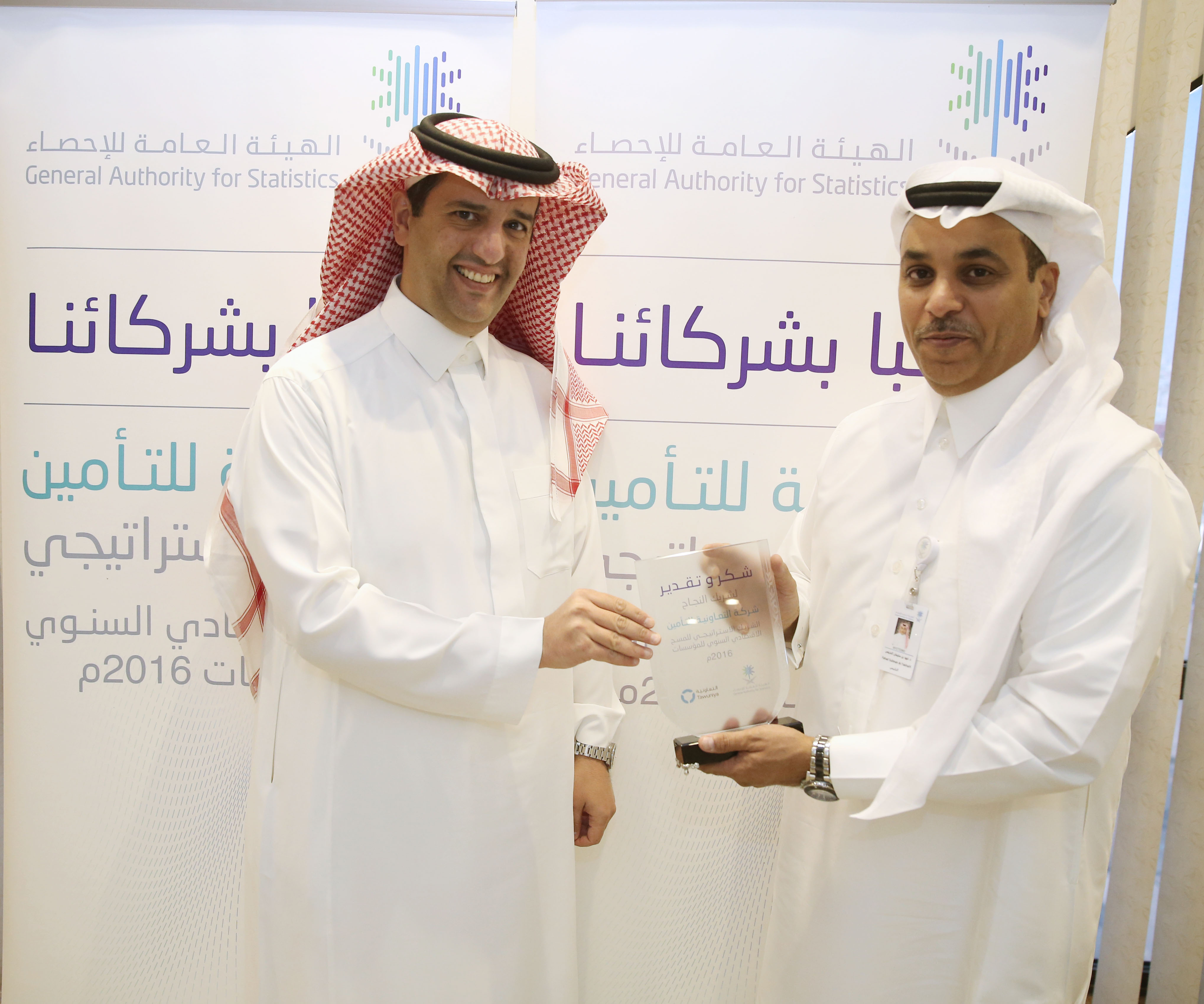
الهيئة العامة للإحصاء تكرم التعاونية للتأمين
For its role in raising statistical awareness within the economic survey
GaStat honours Tawuniya
H.E. Dr.Fahad Altekhaifi, the President of the General Authority for Statistics (GaStat), expressed his thanks to Tawuniya insurance company for supporting the operations of the economic survey of establishments (2016) that aim to support statistical awareness programs.
H.E. GaStat President stressed that giving the opportunity for the private sector to sponsor specialized surveys and research comes within the framework of enabling the support of statistical awareness, in which Gastat aims to raise the awareness of any research or study targeted groups to the importance of the information provided and its role in supporting relevant development decisions. He added that the private sector in the Kingdom of Saudi Arabia realizes its societal role and offers a number of supporting initiatives to achieve the goals of government agencies.
Dr. Altekhaifi explained that in this year, GaStat conducted its periodic economic survey through a series of economic research and surveys in order to provide detailed economic data of all establishments in the private and public sector and non-profit organizations to prepare indicators that help in recognizing the economic activities growth rate. More than 650 statistical researchers collected the data of 33,500 establishments in all regions of the Kingdom in order to obtain detailed economic data related to different aspects of the establishment.
Mr. Raed bin Abdullah Al-Tamimi, Tawuniya CEO, expressed pride in the strategic collaboration with GaStat through his visit to GaStat. He clarified that this sponsorship is part of the initiatives of Tawuniya to support the statistical awareness of the Saudi society because of the importance of its results in the development of the private sector. Mr. Al-Tamimi expressed his thanks to Gastat for giving them the opportunity to contribute in achieving the objectives of economic statistical products that supports the economic projects.
Mr. Al-Tamimi added that Tawuniya, as the leading insurance industry in the Kingdom, supports the economic projects especially small and medium enterprises and national authorities to complete the initiatives that have a positive impact on the society and insurance sector. He noted that Tawuniya has a great experience in insurance practices and provides a variety of insurance solutions that meet the needs of all business sectors, drawing attention that this approach is in line with the 2030 Saudi Vision.
Al-Tamimi asserted the importance of providing economic information about economic establishments to support decision makers in drawing a clear roadmap that contributes in implementing the goals and plans of the national transformation program. This program supports the role of economic establishments especially small and medium establishments in the GDP at a rate of up to 25% in 2020, which will contribute to reduce the dependence on oil and diversify sources of income.
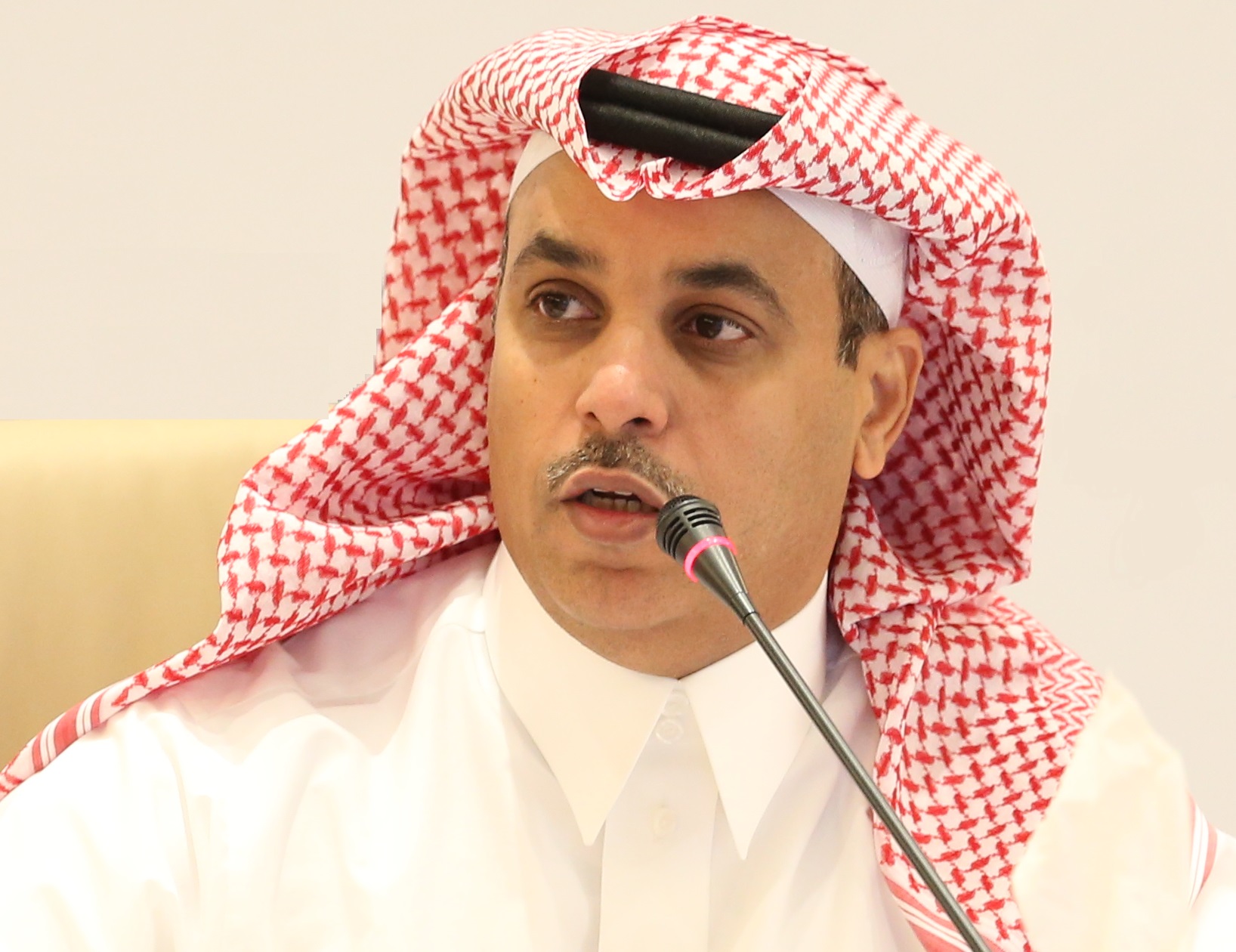
د. التخيفي: الهيئة العامة للإحصاء تعمل على تعزيز الشراكات المحلية والدولية بهدف رفع جودة البيانات لدعم متخذي القرار وراسمي السياسات
Participating with 40 countries in the International Association for Official Statistics (IAOS) conference
Dr. Altekhaifi: GaStat works on enhancing the national and international collaborations to raise the data quality and support decision and policy makers
GaStat participates in IAOS conference 2016 (round 15) Under the Patronage of H.H. Sheikh
Hazza bin Zayed Al Nahyan, Vice chairman of Abu Dhabi executive council. The conference is organized by Statistics Center in Abu Dhabi. The main theme of the IAOS 2016 conference is "The Spirit of Official Statistics: Partnership and Continuous Innovation". The conference activities will conclude on December- 8-2016.
Dr. fahad bin Sulaiman Altekhaifi, GaStat president, said that the authority keeps enhancing its experience and raising the data quality through an integrated program for all local, regional, and international collaborations, in addition to following the best international practices in order to provide comprehensive and high-quality statistical data that support policy and decision maker. He revealed that the strategic collaboration program is an essential part of the statistical sector' strategic transformation program in Saudi Arabia. GaStat worked on preparing a transformation map in the statistical work. This map included a number of projects and initiatives that cope with the 2020 national transformation program and 2030 Saudi vision. The statistical transformation project depended on three main dimensions; quality of statistical products, concentrating on clients, and activating the statistical sector. Using these three dimensions, GaStat went through six main tracks represented in reformulating the authority tendencies in a way that achieves the goals and reflects the clients tendency, reevaluating the products and services provided by the authority, determining the required operating activities to provide products and services according to clients needs, enhancing the technical part in the authority, modifying culture and developing statistical awareness, in addition to assuring the existence of the organizational structure and the governance to make a transformation. Each track has a group of projects and initiatives that are integrated with each other, so that they can contribute in implementing the strategic transformation program. These projects and initiatives aim at activating the statistical part, evaluating the products and services, and developing methodologies, standards, and classifications. This can be achieved after preparing the authority administratively, financially, technically, and systematically to pursue in the transformation process. In addition to raising the statistical awareness and culture among all users of data, information, and statistics.
On the other hand, Dr. Fahad asserted that IAOS conference was held in a time, during which all GCC statistical entities work together to achieve the vision of the custodian of the two holly mosques that enhances integration between GCC countries, improves GCC statistical performance, and meets the leaders expectations. All GCC statistical entities work on supporting the integrated work especially the collaboration between them, so that they can deal with all GCC essential issues.
GaStat participation in this conference represents its belief in collaboration and how it develops the statistical work and raises awareness among all producers and users of data. Moreover, it identifies the importance of official statistics and how they support the developmental resolutions in the region. Altekhaifi clarified that GaStat along with all GCC statistical entities are trying to enhance and develop the concept of official statistics so that they reach an excellent level of efficiency. Furthermore, they enhance the value of official statistics in the information community. They also enhance collaborations, innovation, and national statistical system update.
H.E. expressed his gratitude for the great hospitality of Abu Dhabi in this conference. It is the first country in the region that organizes an IAOS conference, as this conference is held every two years by one of the IAOS members. So, this assured the GCC statistical entities role in the region.
It is worth mentioning that the 15th round of the conference depends on four main aspects, about which all sessions are conducted. The aspects are: enhancing the value of official statistics in the information community, making collaborations to achieve results, innovation and updating national statistical systems, and following the main principals in the statistical work practice.
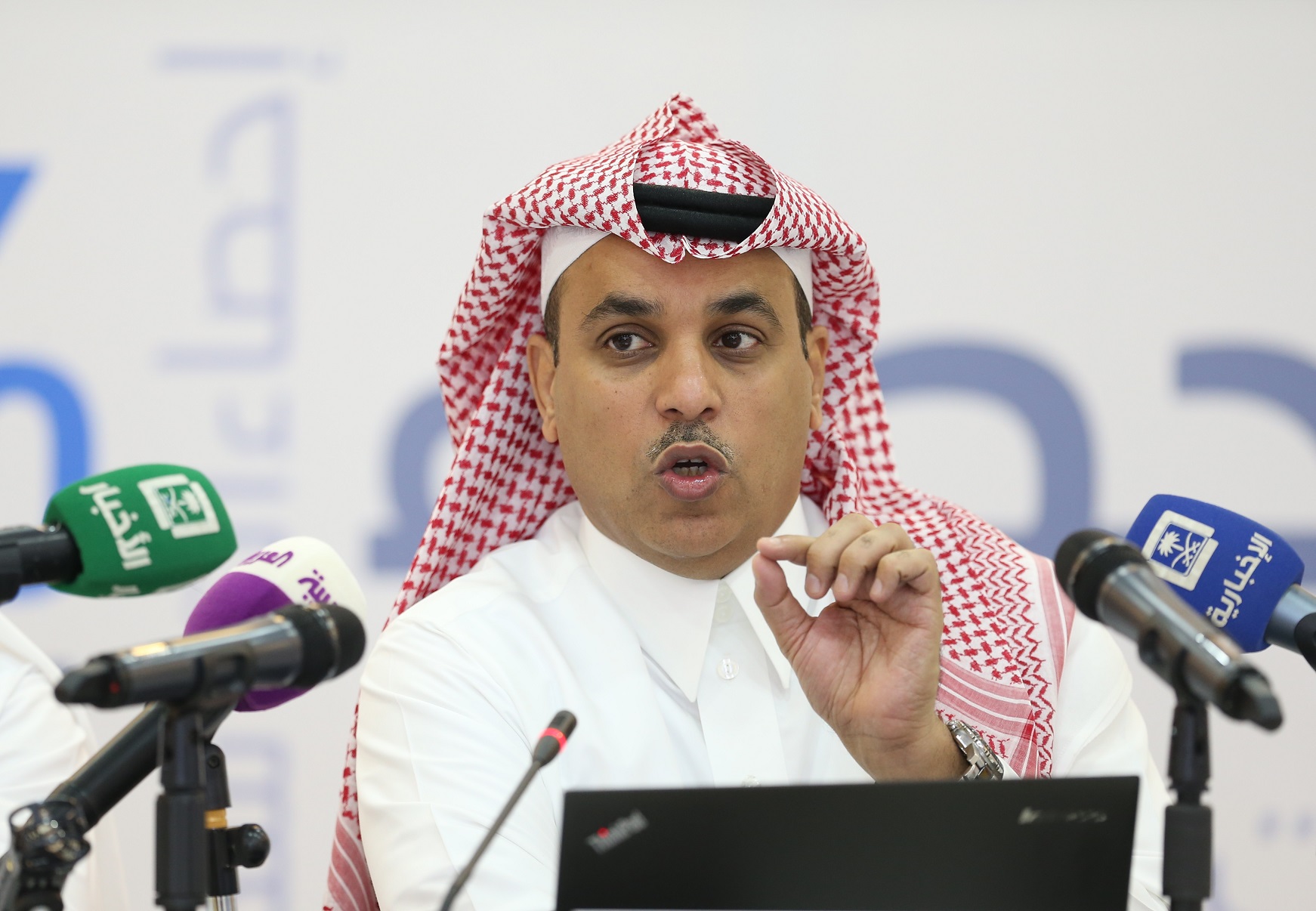
الهيئة العامة للإحصاء تطلق أكثر من 45 منتج إحصائي جديد
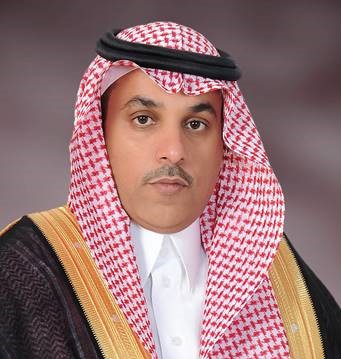
معالي رئيس الهيئة يثمن موافقة مجلس الوزراء ويؤكد على استمرار العمل الإحصائي لدعم قرارات التنمية
The application of GOSI's staff regulations and pay scale on the staff of GaStat
H.E. the President of GaStat appreciates the approval of the Cabinet and confirms the continuation of the statistical work to support development decisions
H.E. the President of the General Authority for Statistics, Dr. Fahad Bin Sulaiman Altekhaifi, appreciated the approval of the Cabinet in its meeting on Monday, 30th of Muharram 1438H on the application of GOSI's staff regulations and pay scale on the staff of GaStat.
H.E. expressed his gratitude to His Highness the Custodian of the Two Holy Mosques, King Salman Bin Abdulaziz Al Saud, and His Highness the deputy Crown Prince for the support given to all government entities to achieve its objective in national development. It reflects the care of the prudent leadership for developing the infrastructure of all development resolutions, considering the statistical products and services provided by GaStat as a solid bases to support national development decisions, and support decision makers with information that is considered the compass of development work. H.E. stressed that the application of GOSI's staff regulations and pay scale helps GaStat to adapt to next phase requirements and allows them to attract specialized national talents in the statistical and administrative work in an effort to complete the transformation, which started after the Royal Decree No. (64283), dated 26/12/1436H, approving the transformation from (Central Department of Statistics and Information) into an independent Authority. This transformation helped in enhancing the environment to provide a wider range of statistical information and data and its dissemination to support decision making. Since the Royal Decree issuance, GaStat worked on the preparation of a transformation road map in statistical work including a number of projects and initiatives that are consistent with the 2020 National transformation Program, and the 2030 Saudi Vision.
It is worth mentioning that the modification, on which the cabinet has agreed, was listed as ( the second) item of the cabinet resolution of the General Authority for Statistics organization, number (11) in 13/01/1437 H. The resolution was modified to be as following " except the authority president, GOSI regulations, pay scales, and modifications are applied on GaStat staff". The organization included (17) terms covering a group of organizational rules, the most important of which are: stressing on the authority's legal personality, administrative and financial independency, and asserting that it is the only statistics- concerned entity. Moreover, it is the only official reference that supervises and organizes the statistical work. The authority's affairs are managed by a board that contains (18) entities, (13) of which are government entities including the authority, in addition to the council of Saudi chambers, and two independent statistics specialists. The board is headed by HE minister of economy and planning, and has been given the description of " the dominant authority" which means implementing its resolutions on the level of statistical sector and all its components in Saudi Arabia. The organization has charged the authority with the responsibility of forming a coordination committee that constantly coordinate the statistical work between the authority and the other related entities. The authority will also carry out the responsibility of founding an information central system in the authority that is automatically linked with all concerned entities. Furthermore, the organization included many tasks in addition to implementing the statistical works such as: applying the recognized international standards which include the statistical work methodology, designing and implementing surveys, conducting research and studies, analyzing data and information, documenting data, collecting, recording, classifying, and analyzing statistical data ,which cover all aspects of life in Saudi Arabia, from its different sources either from surveys, censuses, or administrative records in the public and private establishments. Moreover, the tasks include preparing, using, and updating the national statistical guides and classifications according to international standards, preparing and publishing the surveys and researches' statistical reports and bulletins, providing statistical services, conducting surveys, preparing statistical studies and researches to provide the establishments and business sector with statistical data from its databases. In addition to the tasks of exchanging knowledge, providing the entities with recommendations to improve all information systems and statistical work methodology, so that they can have a unified, accurate, and comprehensive statistical system. The tasks also cover raising awareness about the importance of statistics, recording and following any statistics related to Saudi Arabia published by the national and international authorities, and coordinating with the concerned entities.
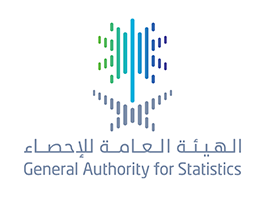
الهيئة العامة للإحصاء : ارتفاع الصادرات وانخفاض الواردات السلعية للمملكة العربية السعودية في الربع الأول 2017
GaStat: An Increase in Exports and a Decrease in Merchandise Imports of Saudi Arabia (1st quarter-2017)
The value of merchandise exports of Saudi Arabia during the first quarter of 2017 amounted to (206984) million riyals compared to (140186) million riyals for the same quarter last year, with an increase of (66799) million riyals (47.7%). While non-oil exports amounted to (44849) million riyals during the first quarter of 2017 compared to (43029) million riyals for the same period last year, with an increase of (1820) million riyals (4.2%). The value of Saudi Arabia's imports during the first quarter decreased by (12.3%) to reach (125558) million riyals with a decrease of (17542) million riyals compared to same quarter last year which recorded (143100) million riyals.
According to the quarterly report issued by GaStat for the first quarter of 2017, the value of Saudi merchandise exports recorded an increase of (5.2%) compared to the last quarter (4th quarter 2016) which recorded (196842) million riyals. While non-oil exports recorded a decrease of (4.5%)compared to the last quarter (4th quarter 2016) which recorded (46964) million riyals. The Saudi imports recorded a decrease of (0,05%) compared to the last quarter which recorded (125616) million riyals. The ratio of non-oil exports to imports reached (35.7%) in the first quarter of 2017 compared to (30.1%) for the same quarter last year, but this percentage was lower than the previous quarter (fourth quarter 2016), which recorded (37.4%).
The report shows that 20.4% of the imports were capital goods, 39.3% intermediate goods and 40.3% imports were goods for final consumption.
The increase in the value of non-oil exports in the first quarter of 2017 compared to the same quarter of last year was the result of the rise of the most important sections of merchandises exported, mainly plastics, rubber and their products, which rose by (9.8%) to the value of (14570) million riyals.
The products of chemical industries and related industries increased to (13355) million riyals compared to (11361) million riyals in the first quarter of 2016, which means an increase of (1993) million riyals (17.5%). Base metals and its products increased to (3703) million riyals Compared to (3636) million riyals in the first quarter of 2016, which means an increase of (66) million riyals (1.8%). The exports of Saudi Arabia in the transport equipment and its parts, machinery, and electrical appliances and equipment section reached (6204) million riyals which form (13.8%) of the Saudi non-oil exports in this period.
Regarding imports, the machinery, electrical appliances and equipment and thereof decreased by (19.3%) to reach (30191) million riyals in the first quarter of 2017 compared to (37397) million riyals in the first quarter of 2016. The imports of transportation equipment and thereof decreased to (20529) million riyals compared to (25377) million riyals (19.1%). While imports of chemical products and related industries decreased by (4.7%) to record (12638) million riyals in the first quarter of 2017 compared to (13268) million riyals for the same period last year.
The report pointed out that the total volume of non-oil exported merchandise increased to (13248) thousand tons in the first quarter of 2017 compared to (13103) thousand tons in the first quarter of 2016, which means an increase of 1.1%. The volume of imports in the first quarter of 2017 also decreased to (17130) thousand tons compared to (20561) thousand tons for the same quarter of last year with a decrease of (16.7%).
On the geographical distribution of Saudi Arabia's exports of non-oil merchandise, the report pointed out that exports to Asian countries, excluding Arab and Islamic countries, are at the top of the groups that have been exported to, recording a rise of (32.1%) to register (14246) in the first quarter of 2017 compared to (10781) million riyals in the first quarter 2016.
Exports to the GCC countries decreased by (4.9%) to reach (11934) million riyals, while the rest of the groups decreased to (5.3%) to register (18669) million riyals.
UAE is the top country for exports in the first quarter of 2017:
The United Arab Emirates, China, India, Singapore and Kuwait are the top countries for exports, as their exports formed (41.7%) of the total non-oil exports compared to (36.6%) in the first quarter of 2016.
China is the top country for imports in the first quarter of 2017:
The United States of America, China, Germany, the United Arab Emirates and Japan are the top countries of imports, as their merchandise imports formed (45.9%) compared to (46%) in the first quarter of 2016.
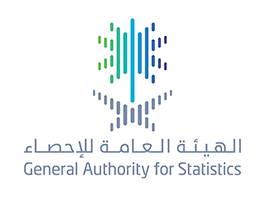
الهيئة العامة للإحصاء تصدر مؤشر الرقم القياسي للعقارات للربع الثاني – 2017م
Based on record data from the Ministry of Justice
GaStat Issued the Real Estate Price Index for the 2nd Quarter- 2017
On Monday 1 Dhu al- Qa’dah, 1438H (July 24, 2017), the General Authority for Statistics (GaStat) issued the Real Estate Price Index in Saudi Arabia, which is based on record data available at the Ministry of Justice about real estate transactions. GaStat described the Real Estate Price Index as an important tool to support stakeholders in making economic and statistical decisions regarding the movements of real estate prices and future forecasts during different periods of time. The index includes three main sectors consisting of several types of real estate: Residential sector consisting of the following types (land, Apartment and house), commercial sector consisting of (land, building, showroom/ store or commercial centre), agricultural sector consisting of one type which is agricultural land.
The Real Estate Price Index showed a decline in real estate prices for the second quarter of 2017, which reached 0.6% compared to the previous quarter (1st quarter 20170) . the index also recorded a decline of 8.6% in the second quarter of 2017 compared to the same quarter last year (2nd quarter 2016).
The report, which was published today, attributed the decline in Real Estate Price Index for the 2nd quarter of 2017 compared to the previous quarter (1st quarter 2017) to the decline witnessed in two of the main sectors comprising the index: the commercial sector 2.2% and the agricultural sector 0.2%, while The housing sector rose 0.2%.
The decline in the Real Estate Price index for the second quarter of 2017 compared to the previous year (second quarter 2016) is the result of the decline in all the main sectors comprising the index: the commercial sector 10.9%, the residential sector 7.9%, the agricultural sector 1.0% .
As part of its duties as an official reference for statistics in Saudi Arabia and as a supervisor and organizer of the statistical sector, the General Authority for Statistics has taken care to monitor the movements of the prices of the constituent units of the real estate sector and monitor the value of their transactions in various regions of the Kingdom and follow the changes that occur from time to time through the statistical product “Real Estate Price Index” which is prepared based on data provided by the Ministry of Justice in this field, within the framework of integration and cooperation between the various governmental bodies aimed at advancing sustainable development in the Kingdom.
This product aims at finding unique real estate indices that measure the performance of real estate market in the Kingdom and fill the data gap in this sector. It is an important tool to support economic decision makers. Its data benefit individuals interested in the economic and statistical analysis of real estate movements and future forecast during different periods of time.
